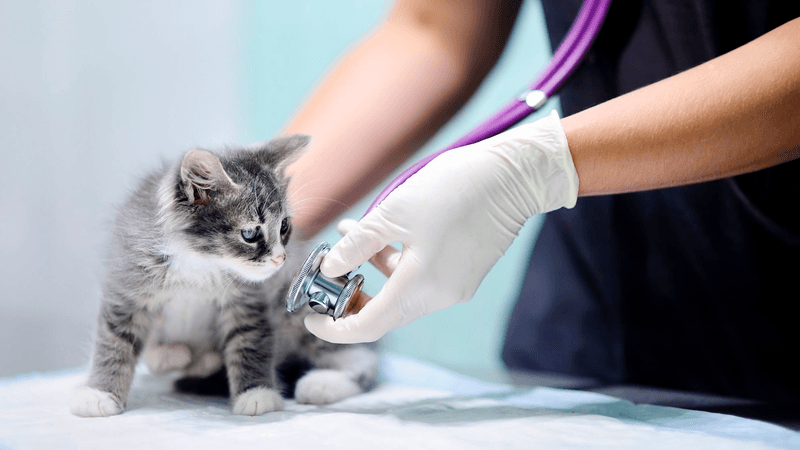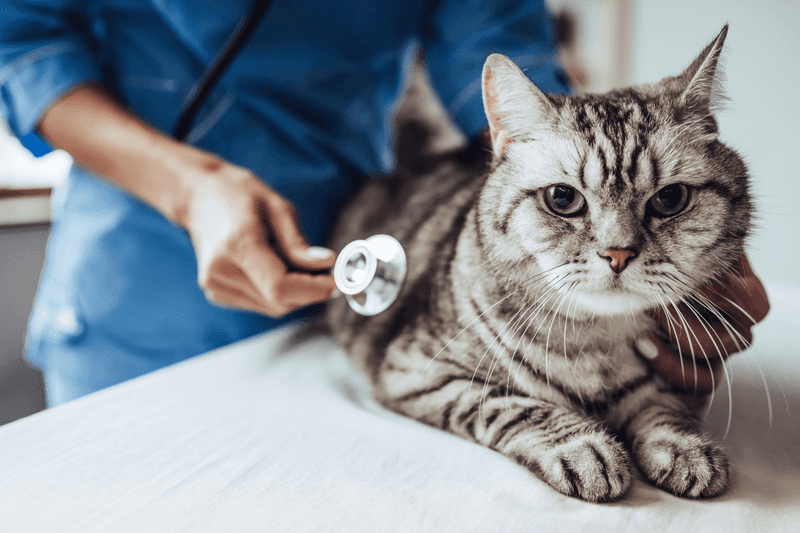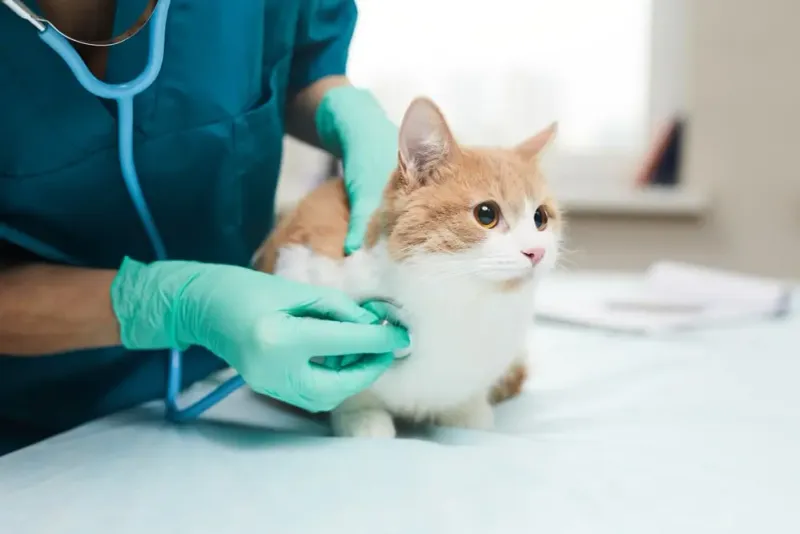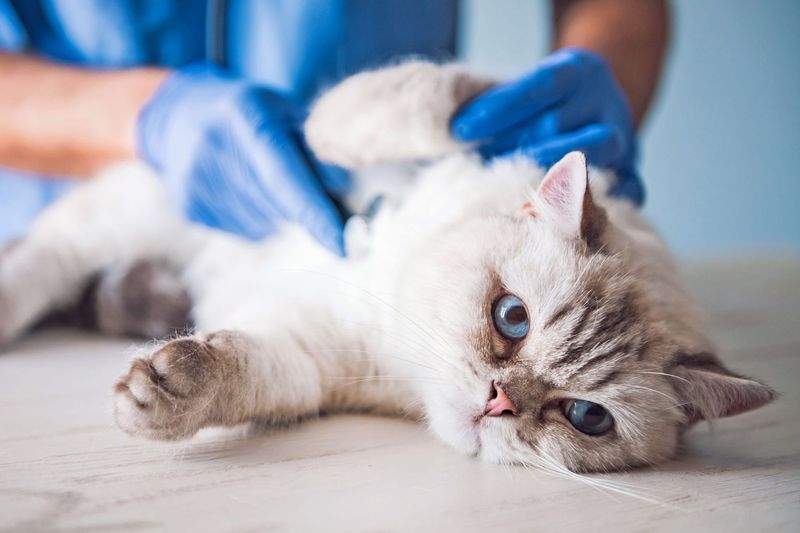📖 Table of Content:
Regular veterinary visits are crucial for maintaining your cat’s health and well-being. The frequency of these visits depends on your cat’s age, health status, and lifestyle. In this blog post, we’ll explore how often you should take your cat to the vet at different stages of its life and under various circumstances.
1. Kittens (0-1 Year)
In the early stages of life, kittens require frequent vet visits to ensure healthy growth and proper vaccination. These visits are typically scheduled every 3-4 weeks until they reach four months of age. Each visit is essential for monitoring development and administering vaccines crucial for a kitten’s health. The vet will also check for any congenital issues that might arise. Regular visits help in socializing your kitten with the vet environment, making future check-ups less stressful. Ensuring a kitten receives proper veterinary care is vital for its development into a healthy adult cat.
2. Adult Cats (1-7 Years)
For adult cats, a yearly vet visit suffices to maintain optimal health. These visits often include a thorough physical examination, updating vaccinations, and dental care. Regular check-ups can detect potential issues like kidney disease early on, allowing for prompt management. Maintaining an annual schedule helps strengthen the bond between your cat and the vet, fostering trust. Surprisingly, even healthy cats can develop issues unnoticed by owners, emphasizing the importance of professional evaluations. Consistent veterinary care ensures that your feline companion enjoys a vibrant and healthy adulthood.
3. Senior Cats (7+ Years)
As cats enter their senior years, they become more prone to health challenges. Bi-annual vet visits are recommended to catch age-related issues early. During these visits, comprehensive tests are conducted to monitor for conditions like arthritis or heart problems. Aging can bring unexpected health shifts, making regular monitoring critical. Senior cats may require adjustments in diet or lifestyle to accommodate their changing needs. Emphasizing specialized care ensures your aging feline remains comfortable and happy in its golden years. Investing in frequent checks can greatly enhance your senior cat’s quality of life.
4. Indoor vs. Outdoor Cats
Outdoor cats face unique health challenges compared to their indoor counterparts. They require more frequent vet visits due to higher exposure risks to diseases and parasites. Regular monitoring and additional vaccinations are crucial for outdoor cats. The environment they roam in can introduce various health hazards, necessitating vigilant care. On the flip side, indoor cats live in a controlled space, reducing their risk of injuries and infections. However, both lifestyles demand specific attention to ensure optimal health. Tailoring veterinary care based on lifestyle keeps your cat in peak condition, no matter where it spends its time.
5. Health Concerns and Immediate Attention
Certain signs in cats warrant immediate veterinary attention. Difficulty breathing, sudden collapse, or uncontrollable bleeding are emergencies. Cats with pre-existing conditions, like diabetes, need regular monitoring. Quick response to symptoms can be life-saving, ensuring swift treatment. Chronic health conditions may necessitate more frequent vet visits to manage effectively. Having a proactive approach helps in addressing potential health deteriorations promptly. The well-being of your cat relies heavily on recognizing and reacting to these critical signals, making emergency vet care a vital component of responsible pet ownership. Prioritizing immediate care can save lives.





